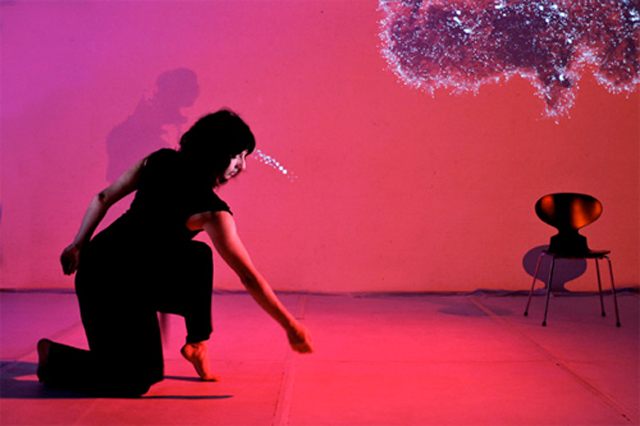UCL Bartlett, workshop 10-14 January 2011, London
The workshop will be held at the Bartlett School of Architecture (http://www.bartlett.ucl.ac.uk/architecture/resources/i_workshop.htm)Â together with Ruairi Glynn (http://www.aac.bartlett.ucl.ac.uk/people/ruairi/).
The Bartlett Interactive Architecture Workshop
Our research is largely hands on, we build prototypes and mockups to test ideas and their technical and design implications. We also research the theoretical basis of interactive and time based architecture through critical scholarship. Our work occurs in two different areas:
We are interested in the way that the technology and craft of architecture can interact with the external environment. This has lead to applied research into passive and assisted passive ventilation systems [example, Gage, Top Down Ventilation and Cooling in Urban Areas], natural light and its intersection with artificial light [example: Gage, Light Pipe terminal], heating and thermal insulation and diurnal cooling [example: Gage, Leung, Deployable External Insulation]. Direct benefits in energy saving can be demonstrated.
A more intangible benefit is that through this kind of work it is possible to envisage environments where the natural world is not excluded from the built environment; where boundaries between the two worlds are ambiguous. An architecture that works in this way has the potential of offering a sense of delight to the occupants as it continuously changes in response to external stimuli. This has lead to the design of installation pieces that respond and adapt to external stimulae [example: Ayres, Leung, Sheil, Kielder Residency]
The other area of research comes from an interest into the time-based aspects of architecture, which relate to human occupation and building use and takes forward an interests in cybernetics and building brief writing.
We look at Place and Space using performance analogies, especially those developed by Bateson and Goffman. This in turn leads to an interest into ways that places and spaces might âput onâ performances to entertain and enlighten their occupants. Some of the reasons for these investigations are the obvious possibilities that arise from increasingly cheap sensing, computation and activation devices that can be placed in the built environment [example: Glynn Performative Ecologies].
The Bartlett Interactive Architecture Workshop has been at the center of Interactive Architecture Research for the past 15 years with both commercial [example: Jason Bruges] and research [example: Usman Haque] alumnae of international stature. Facilities available include the Bartlett Architecture Main Workshop and Cadcam Facility.
